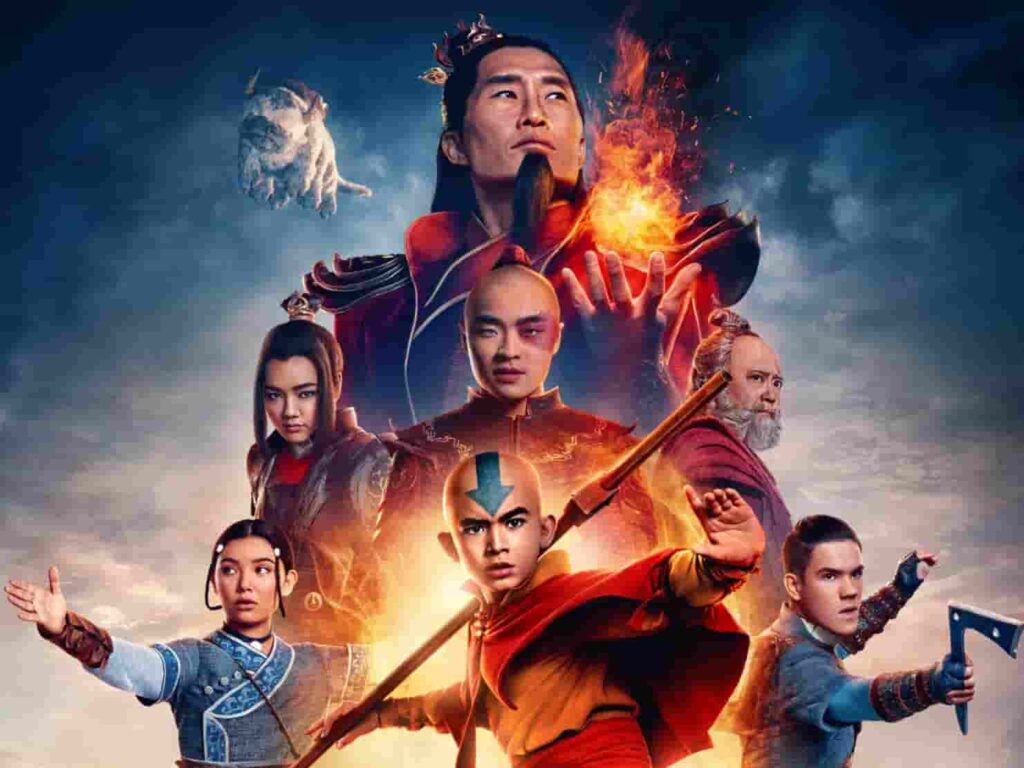Explore insights from the cast of Netflix’s “Avatar: The Last Airbender” series premiere.

Exploring “Avatar: The Last Airbender” Adaptations: Reflections and Insights
The world of “Avatar: The Last Airbender” has seen its share of adaptations, from the beloved animated series to the notorious live-action film by M. Night Shyamalan, and now to Netflix’s latest take on the saga. Here, we delve into the reflections and insights shared by the cast of the new Netflix series at its premiere, alongside frequently asked questions about the various adaptations.
Introduction to the Premieres
As the anticipation built for the premiere of Netflix’s “Avatar: The Last Airbender” series, fans and critics alike awaited the verdict on how this new adaptation would fare. Set against the backdrop of the Egyptian Theater in Los Angeles, the premiere offered an opportunity for the cast to share their thoughts on the previous live-action adaptation helmed by M. Night Shyamalan and to shed light on the approach taken for the new series.
Insights from the Cast
- Kiawentiio’s Perspective: Kiawentiio, portraying the character Katara in the Netflix series, expressed a sentiment shared by many fans regarding Shyamalan’s 2010 film. While acknowledging disappointment with the previous adaptation, she saw it as a learning experience, highlighting the importance of avoiding past pitfalls to do justice to the beloved animated storyline.
- Paul Sun-Hyung Lee’s Reflections: Lee, cast as Uncle Iroh, echoed Kiawentiio’s sentiments, emphasizing the importance of casting and representation. Reflecting on the whitewashing controversy surrounding Shyamalan’s film, he underscored the significance of accurately representing the diverse world of “Avatar: The Last Airbender” in the new adaptation.
- Daniel Dae Kim’s Perspective: Playing Fire Lord Ozai in the Netflix series, Kim offered a nuanced view of Shyamalan’s adaptation. While acknowledging Shyamalan’s efforts and the talent of the cast, he emphasized the evolution of storytelling and representation since the film’s release, suggesting that the timing may not have been right for that particular iteration.
Also Read:- Oppenheimer on Peacock: Nudity, Complexity, and the Atomic Fallout in Nolan’s Magnum Opus
Frequently Asked Questions
- What was the reception of M. Night Shyamalan’s “Avatar: The Last Airbender” film?
- The reception of Shyamalan’s film was largely negative, with criticism focused on various aspects such as casting, pacing, and deviations from the source material. Many fans and critics felt that the film failed to capture the essence of the animated series.
2. What were the main criticisms of Shyamalan’s adaptation?
- One of the main criticisms was the casting choices, particularly the decision to cast white actors in roles originally conceived as Asian characters. This led to accusations of whitewashing and sparked controversy within the fan community and beyond. Additionally, fans lamented the film’s departure from the rich storytelling and character development of the animated series.
Also Read:- Zendaya’s Fashion Triumph: A Knightly Elegance at the Dune 2 London Premiere
3. How does Netflix’s “Avatar: The Last Airbender” series approach casting and representation?
- The producers of the Netflix series were committed to an all-Asian cast, prioritizing authenticity and representation. This decision reflects a broader industry trend toward increased diversity and inclusivity in casting, aligning with the values of the original animated series.
4. What lessons can be learned from past adaptations for future projects?
- Past adaptations, such as Shyamalan’s film, serve as cautionary tales about the importance of fidelity to the source material and sensitivity to cultural representation. They underscore the need for thorough research, inclusive casting practices, and respectful engagement with fan communities to ensure the success of future adaptations.
Conclusion
As the premiere of Netflix’s “Avatar: The Last Airbender” series approaches, reflections on past adaptations offer valuable insights into the challenges and opportunities inherent in bringing beloved stories to life on screen. By learning from past mistakes and prioritizing authenticity and representation, the creators of the new series aim to honor the legacy of the animated series while charting a fresh path forward for fans old and new.
